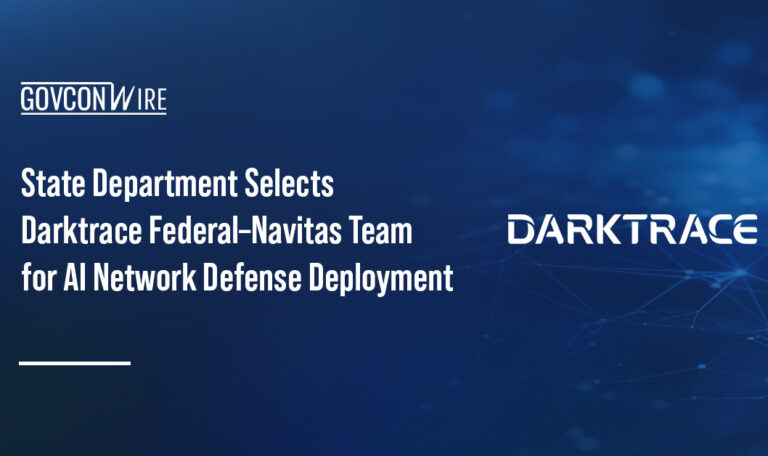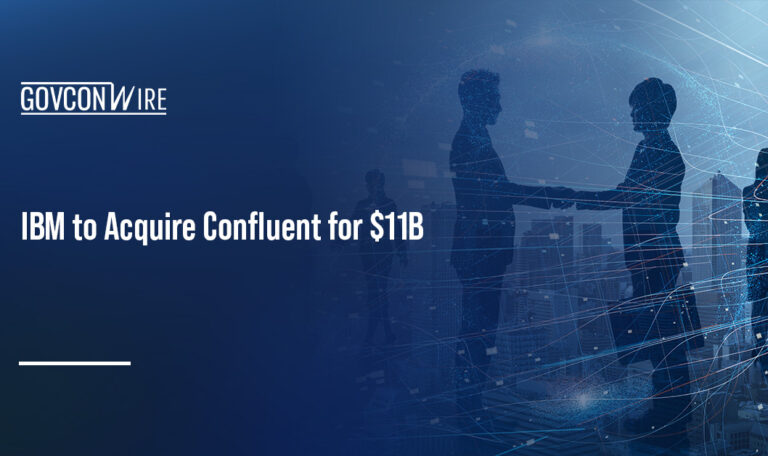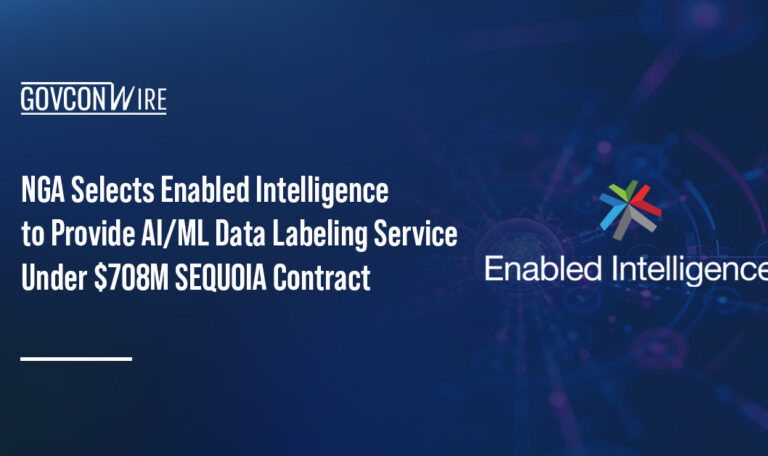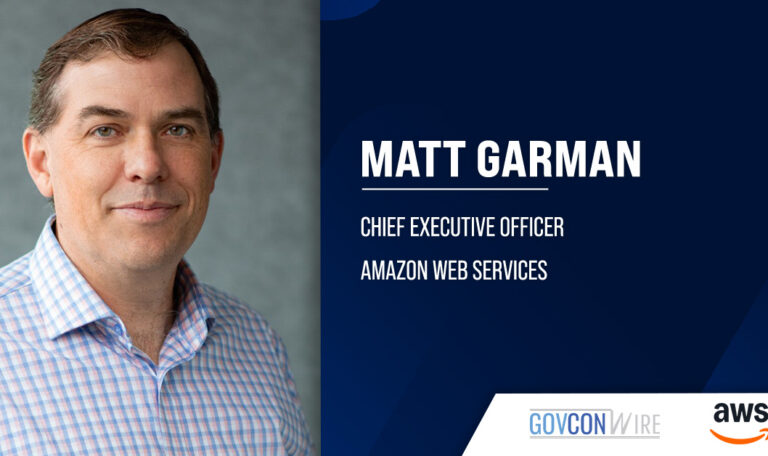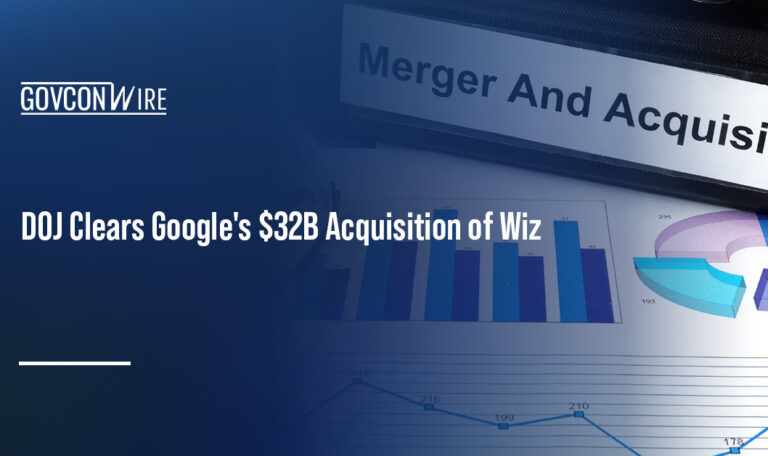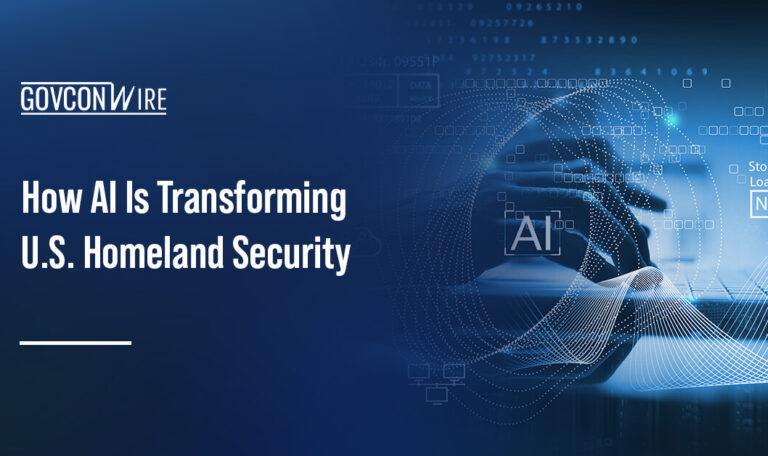By Cameron Chehreh, Vice President and General Manager of Public Sector at Intel and 2023 Wash100 Award winner
AI is only as useful as the underlying technology that enables it. That’s where a cloud-to-edge infrastructure comes in.
Solutions as diverse as LIDAR on self-driving vehicles to small wearables and peripherals worn and carried by soldiers use a complex system of sensors, GPUs, data processing and other tools to provide real-time computations and intelligence, regardless of location. However, not all workloads are appropriate for the edge. In-depth computations require greater processing power and must be sent back to a central data center. The key is to successfully leverage the power of both the data center and the edge to ensure that the right intelligence is provided, wherever users reside.
Cloud-to-edge makes this possible. It’s one of five tech superpowers, along with AI, compute, connectivity and sensing, that comprise the digital mission infrastructure. It is the hidden engine that will drive AI forward.
What is a cloud-to-edge infrastructure?
A cloud-to-edge infrastructure facilitates the transfer of data not just between edge devices and a central data center, but also between edges, clouds and ultimately users.
Think of it as a web in which information is distributed evenly throughout the organization. Information is collected at different points on the web, and this data is shared among those points. Working collectively, this infrastructure allows organizations to effectively distribute workloads and benefit from their entire array of processing power. Organizations can still provide fast and accurate insights to remote users via low latency at the edge while using core processing power for processes that require more data-intensive computations.
Why is cloud-to-edge important for AI?
Cloud-to-edge facilitates AI model training so that output can be more accurate and effective. Collecting information from an array of edge devices provides more input for the AI to “learn” from. Regardless of form factor or function, many of today’s edge devices have powerful processors that allow them to provide intelligence in real time as they ingest data. The value of cloud-to-edge lies in helping the system become more intelligent over time.
Once information is collected, it can be shared with other edge devices via an edge cloud, resulting in a collection of input that informs the AI model and helps it become more accurate and predictive. That collective input is sent back to the central data center, where the model is trained even further using higher amounts of compute power. Once trained, the model is served back up to the edge of the network, and the cycle begins again.
Examples of cloud-to-edge in action
Cloud-to-edge is already proving its value in the real world. For example, U.S. Customs and Border Protection is using AI to pre-stage resources at ports to manage the flow of goods and services in a safe and expedited manner. The Department of Health and Human Services is investigating ways in which AI can improve the detection of counterfeit pharmaceuticals, understand the responsiveness to emerging chemical hazards and more. The success of these and other use cases will hinge on the ability to successfully share information across the edge and to the data center and back.
Agencies can take advantage of the combined power of cloud-to-edge and AI in even more exciting ways. For instance, computer-vision AI allows a system to “see” data collected from remote cameras. Deep learning trains models to recognize aspects of the image and make predictions about the subject. This can be extraordinarily useful in many use cases, from tracking potential suspects to monitoring inventory on store shelves.
Organizations can even use the collective power of their edge networks to create spatial awareness and 4D digital twins of a particular physical space. This information can track what is happening within that space today and predict what is likely to happen in the future.
Consider the benefit of creating a replica of a sensitive area, such as a border crossing or restricted access zone, and being able to visualize what is happening right now and what will probably happen given certain circumstances. The combination of AI, digital twin technology and cloud-to-edge infrastructure makes this possible.
Better intelligence and decision-making
These examples prove that modern technologies like AI and cloud-to-edge computing are helping agencies achieve previously unattainable results. This combination is giving the U.S. military strategic and tactical battlefield advantages, powering the emergence of smart cities, and taking autonomous vehicles from the testbed to the roadway. Together, these technologies will continue to help government organizations attain better intelligence and decision-making, from the core, through the cloud and to the edge.





